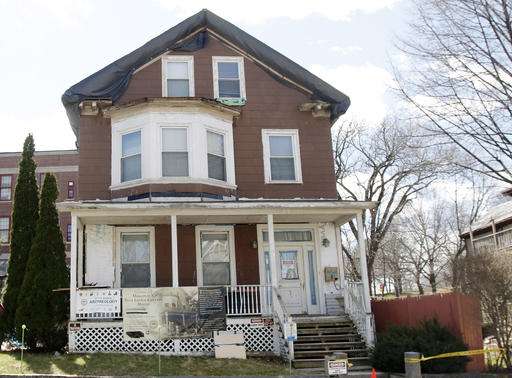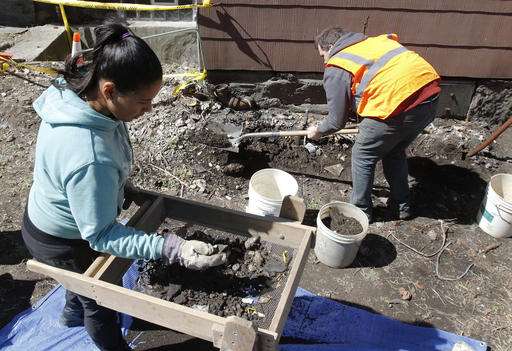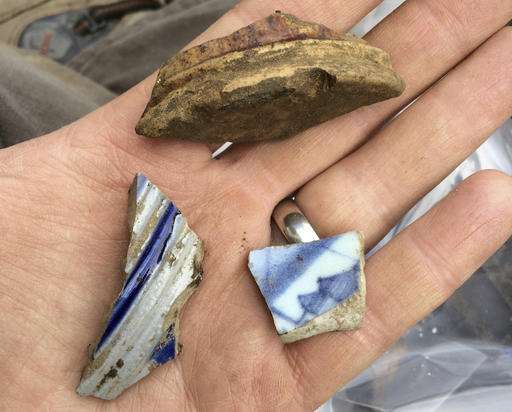Dig at Malcolm X home turns up evidence of 1700s settlement (Update)

An archaeological dig at the boyhood home of Malcolm X in Boston has turned up some surprising findings, but they're unrelated to the early life of the slain civil rights activist.
City archaeologist Joseph Bagley said this week that researchers digging outside the 2 ½-story home have found kitchenware, ceramics and other evidence of a settlement dating to the 1700s that they hadn't expected to find.
"We've come onto a whole layer, roughly 2 feet down and across the whole site, that's absolutely filled with stuff from the period," he said. "So we have this whole new research question, which is: What the heck was going on here in the 18th century?"
Rodnell Collins, a nephew of Malcolm X's who grew up in the house with him, says the findings reveal a richer story than he ever knew.
"It's fantastic and enlightening. This is the history of Boston," he said. "It's a terrific educational opportunity, and that's what this family is all about. That's what Uncle Malcolm was about."
The two-week dig, which began March 29, was meant to shine a light on Malcolm X's formative years in Boston, as well as the home's previous owners, an Irish immigrant family who lived there through the Great Depression. But it was halted last week because of bad weather. It will resume May 16.

City records show the house was built in 1874 on what Bagley and his team had assumed was farmland. But their early findings suggest there likely was another house on or near the site, dating to Colonial times.
Researchers also have found a small stone piece that may date to Native American tribes that once inhabited the city. But it's too early to tell how old the fragment is and whether it is Native American in origin. A closer examination will be undertaken later.
What has been found so far from Malcolm X's time in Boston—broken dishes, bits of jewelry, toys and a record—likely come from when the home was vandalized in the 1970s and items were tossed haphazardly into the yard, Bagley says.

Collins is eager to see what the next phase of the dig turns up.
His mother, Ella Little-Collins, became legal guardian to Malcolm X—then known as Malcolm Little—after his father died and his mother was committed to a mental institution.
The family still owns the vacant and badly deteriorated house and hopes to renovate it for public tours and other uses.
It's the last surviving residence from Malcolm X's time as a teenager and young adult living in Boston's historically black Roxbury neighborhood during the 1940s.
"This takes me back to my childhood," Collins said. "So many memories. They should be shared."
© 2016 The Associated Press. All rights reserved.




















